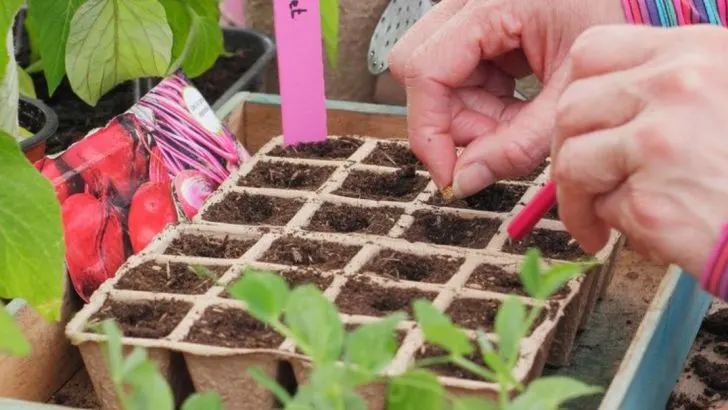Growing a thriving vegetable garden doesn’t have to be complicated! With the right approach, you can enjoy fresh, homegrown produce without the frustration of failed crops or endless upkeep.
In this article, we share 20 simple tips for growing the perfect vegetable garden. From choosing the best soil and companion planting to natural pest control and efficient watering techniques, these expert-backed strategies will help you maximize your harvest with less effort. Whether you’re a beginner or an experienced gardener, these tips will set you up for a bountiful and healthy vegetable garden all season long!
Choose the Right Location
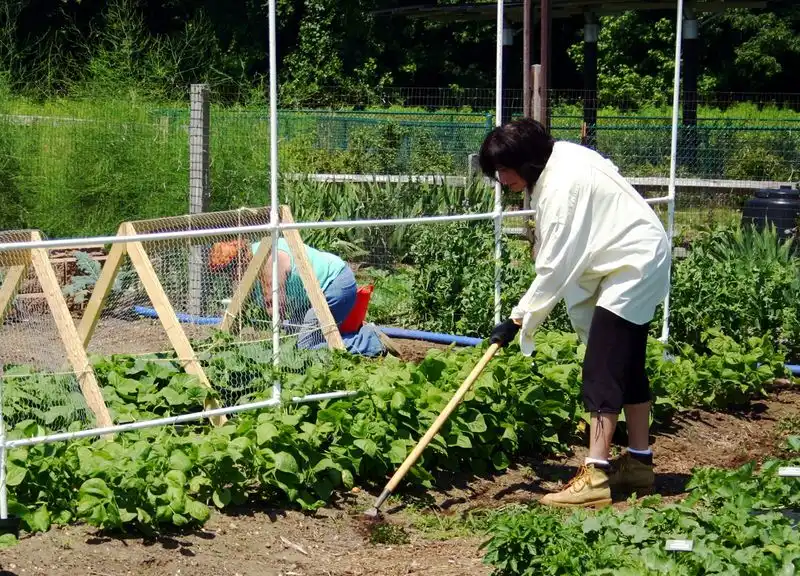
Selecting the optimal spot is crucial for a flourishing vegetable garden. Ensure your chosen location receives at least six to eight hours of sunlight daily. Vegetables thrive in well-lit areas where they can photosynthesize efficiently. Consider the proximity to a water source, as consistent watering is essential. Avoid areas prone to waterlogging, as this can harm root systems. A gentle slope can aid in drainage, preventing water accumulation during heavy rains. Regularly observe how sunlight shifts throughout the day to ensure your plants receive consistent exposure. By prioritizing location, you set the foundation for a vibrant garden.
Understand Your Soil Type
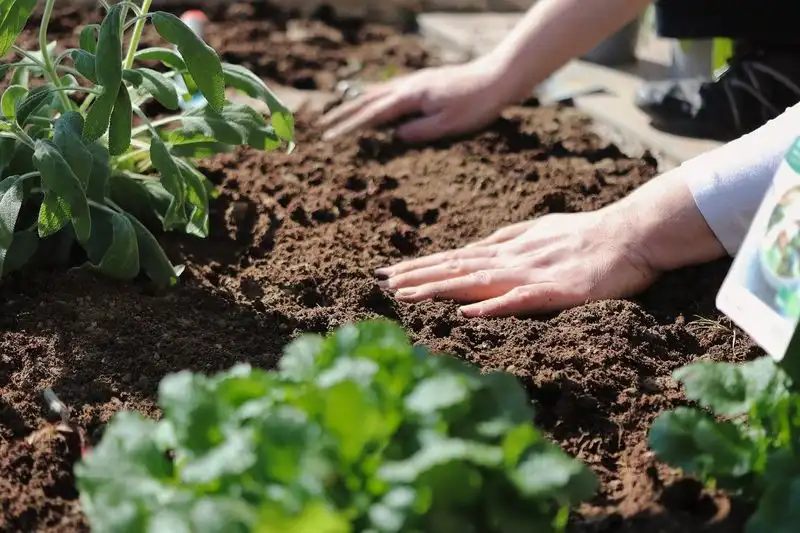
The foundation of any successful garden lies in the quality of the soil. Begin by identifying your soil type—sandy, clay, or loamy. Each has distinct characteristics that affect plant growth. Loamy soil, often ideal, offers a balanced mix of clay, silt, and sand, ensuring good drainage and nutrient retention. Conduct a soil test to check pH levels and nutrient content. This knowledge enables you to amend the soil with organic matter, improving its structure. Regularly enriching the soil with compost or manure bolsters its fertility. Understanding and nurturing your soil enhances plant health and productivity.
Plan Your Garden Layout
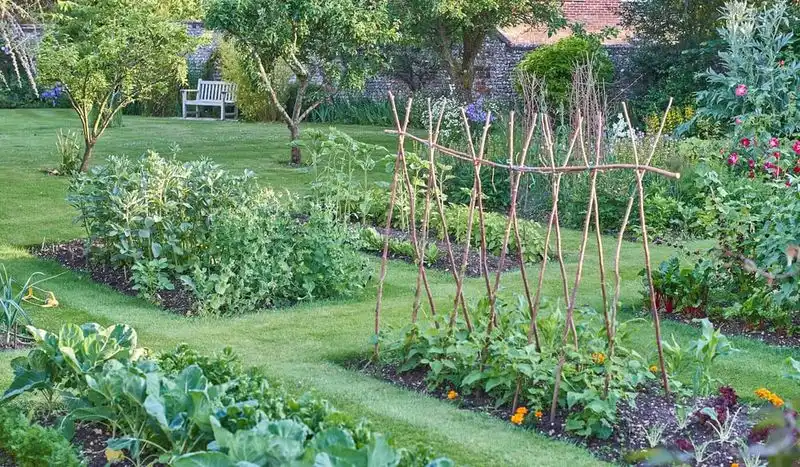
A well-thought-out layout optimizes space and enhances plant growth. Consider the mature size of each plant to avoid overcrowding. Companion planting, where certain plants benefit others, can deter pests and enhance flavor. For instance, planting basil near tomatoes can improve taste and repel insects. Raised beds or pots can be useful for limited spaces or poor soil conditions. Incorporate pathways for easy access and maintenance. Rotating crops annually prevents soil depletion and pest buildup. By planning meticulously, your garden becomes a harmonious space where each plant thrives.
Invest in Quality Seeds or Seedlings
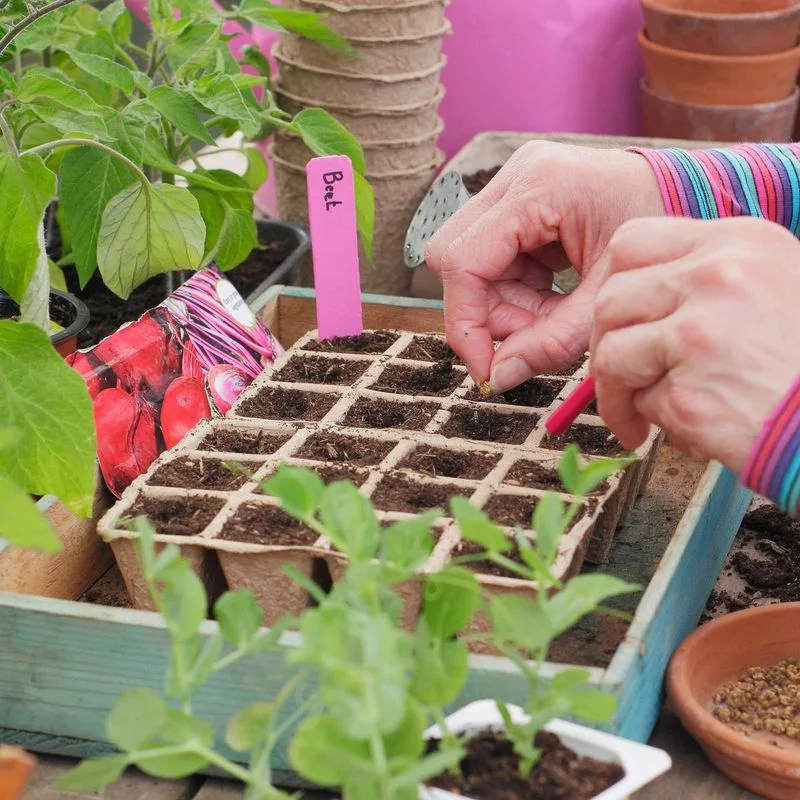
Quality seeds or seedlings are the cornerstone of a productive garden. Choose varieties suited to your climate and growing conditions. Reputable suppliers provide seeds that have high germination rates and are disease-free. Opt for heirloom or organic seeds for robust growth and rich flavors. When selecting seedlings, ensure they have healthy green leaves and well-developed root systems. Avoid those that appear leggy or yellowing. Planting strong seedlings gives your garden a head start, reducing the risk of disease and increasing yield potential. Investing wisely in seeds pays dividends throughout the season.
Maintain Consistent Watering
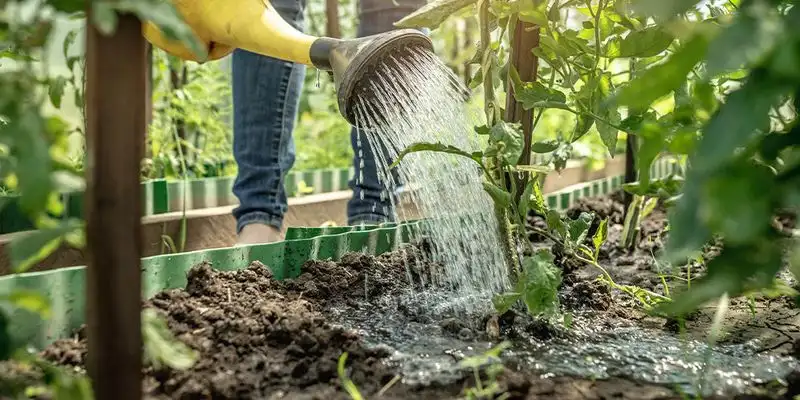
Watering is both an art and a science in gardening. Consistency is key. Plants require regular watering, particularly during dry spells, but avoid overwatering as it can lead to root rot. Early morning or late afternoon is ideal for watering, minimizing evaporation. Drip irrigation systems or soaker hoses can provide an even supply of moisture directly to the roots. Mulching around plants helps retain soil moisture and regulate temperature. Observe your plants for signs of water stress, such as wilting or yellowing leaves, and adjust your watering routine accordingly. A well-watered garden is a thriving garden.
Use Mulch to Your Advantage
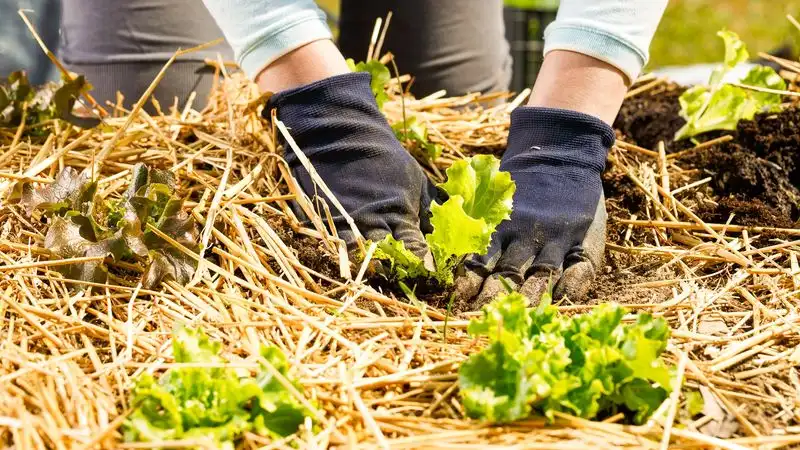
Mulch serves multiple purposes, making it a gardener’s ally. It suppresses weeds, retains soil moisture, and regulates temperature. Organic mulch, such as straw, leaves, or grass clippings, breaks down over time, enriching the soil. Apply a layer of mulch around plants, ensuring it doesn’t touch stems to prevent rot. Refresh mulch periodically to maintain its effectiveness. Besides its practical benefits, mulch also gives gardens a tidy appearance. By incorporating mulch into your gardening routine, you create a more sustainable and healthy environment for your plants.
Practice Crop Rotation
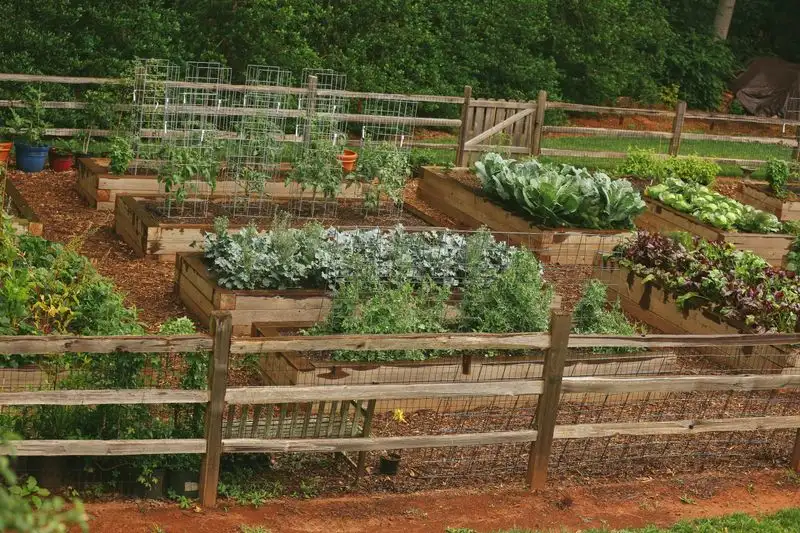
Rotating crops is a time-tested method for maintaining soil health and reducing pest and disease incidence. By changing the planting location of crops each year, you prevent specific pests and diseases from becoming established. Different plant families have varying nutrient needs, so rotation helps balance soil fertility. For example, follow nitrogen-fixing legumes like beans with leafy greens that use more nitrogen. Planning a crop rotation schedule requires understanding plant families and their relationships, but the effort pays off in healthier, more resilient gardens. It’s a proactive step towards sustainable gardening.
Control Weeds Regularly
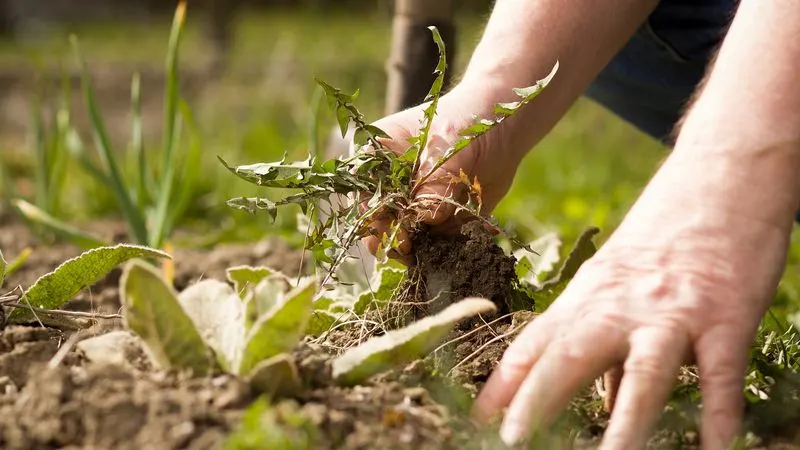
Weeds compete with your vegetables for nutrients, water, and light, so it’s crucial to manage them effectively. Regularly inspect your garden and remove weeds by hand or with tools like hoes or weeders. Applying mulch can significantly reduce weed growth, providing a protective barrier. For persistent weeds, consider using organic solutions like vinegar or boiling water, avoiding chemical herbicides. Timing is essential; tackling weeds early, before they seed, prevents future problems. By keeping your garden weed-free, you give your plants the best chance to flourish and maximize their potential.
Monitor for Pests and Diseases
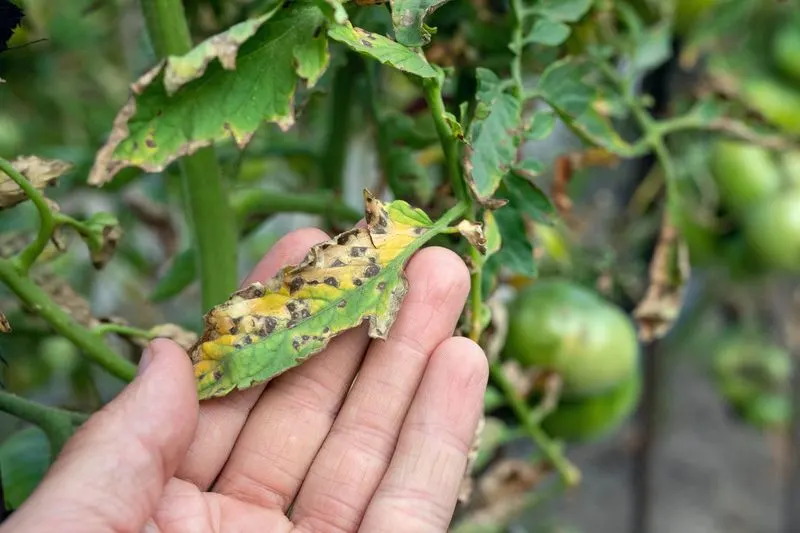
Vigilance is key in preventing pest and disease outbreaks in your garden. Regularly check plants for signs of damage or unusual growth. Common pests include aphids, slugs, and caterpillars, while diseases can manifest as spots or wilting. Introducing beneficial insects, like ladybugs, can naturally control pest populations. Neem oil or insecticidal soap are effective organic solutions. Rotate crops and maintain garden hygiene to minimize disease risks. By acting promptly at the first signs of trouble, you can protect your plants and ensure a bountiful harvest. A healthy garden is one under constant observation.
Fertilize Wisely

Fertilizing provides essential nutrients that promote vigorous plant growth. Choose fertilizers based on your soil test results and the specific needs of your plants. Organic options, like compost, bone meal, or fish emulsion, enrich the soil naturally. Apply fertilizers at the right time, such as during planting or when plants start flowering. Too much fertilizer can lead to nutrient burn, while too little may stunt growth. Follow package instructions for amounts and application frequency. A well-fed garden produces healthier plants and more abundant yields, making fertilization a crucial aspect of gardening success.
Support Climbing Plants

Vertical growth supports are indispensable for climbing plants such as beans, peas, and tomatoes. Trellises, stakes, or cages provide the necessary structure for these plants to grow upright, improving air circulation and sunlight exposure. This reduces the risk of diseases and makes harvesting easier. Install supports early in the planting process to avoid damaging roots later. Use soft ties to secure plants gently, preventing stem breakage. By encouraging vertical growth, you maximize space, especially in smaller gardens. Supporting plants properly ensures they thrive and produce an impressive yield.
Harvest at the Right Time

Timing is essential when it comes to harvesting for optimal flavor and nutrition. Harvest vegetables at their peak ripeness for the best taste and texture. For instance, tomatoes should be fully colored, while beans and peas are best picked when plump but not overgrown. Regularly picking ripe produce encourages more growth and prevents wastage. Use sharp tools to avoid damaging the plant, and handle produce gently to maintain quality. By understanding each vegetable’s maturity indicators, you can enjoy the freshest produce and extend your harvest period, making every effort in the garden worthwhile.
Keep a Gardening Journal
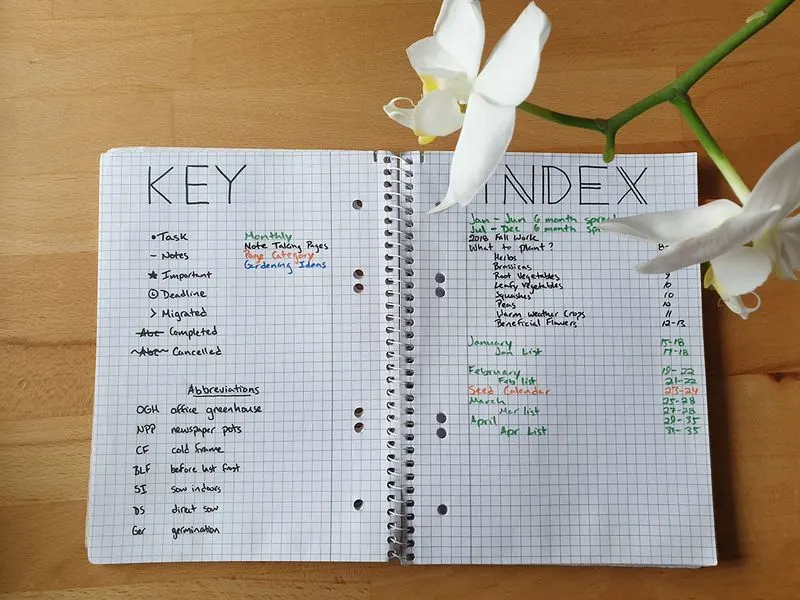
Documenting your gardening journey can be invaluable for future planning. Record planting dates, weather conditions, pest occurrences, and harvest yields in a gardening journal. This detailed log helps identify successful practices and areas needing improvement. Include sketches or photos to visualize progress and changes over time. Reflecting on past seasons allows you to make informed decisions, such as selecting better-performing plant varieties or adjusting planting times. A gardening journal becomes a personalized guide, enhancing your skills and contributing to more productive and enjoyable gardening experiences year after year.
Build a Compost Pile
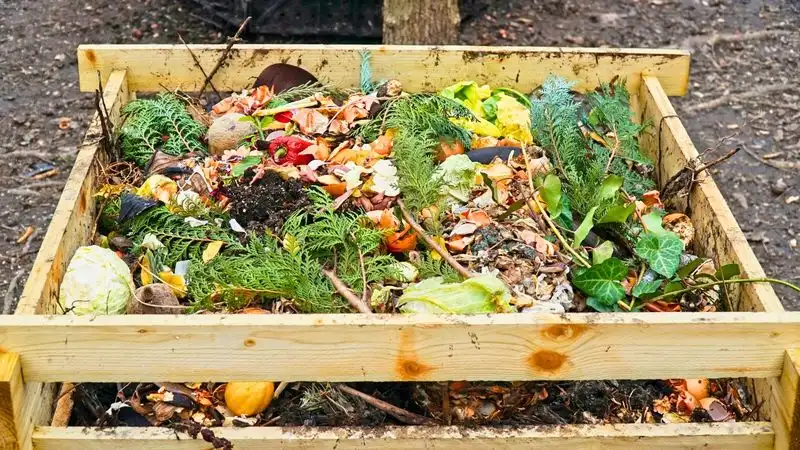
Composting is a sustainable practice that recycles organic waste into nutrient-rich soil amendment. Start by layering green materials like vegetable scraps and grass clippings with brown materials such as leaves and twigs. Turn the pile regularly to aerate and speed up decomposition. A well-maintained compost pile generates heat, indicating active microbial activity. Avoid adding meat, dairy, or diseased plants to prevent odors and contamination. Finished compost improves soil structure, water retention, and fertility. By creating your compost, you contribute to a healthier garden and reduce waste, benefiting both your plants and the environment.
Practice Succession Planting
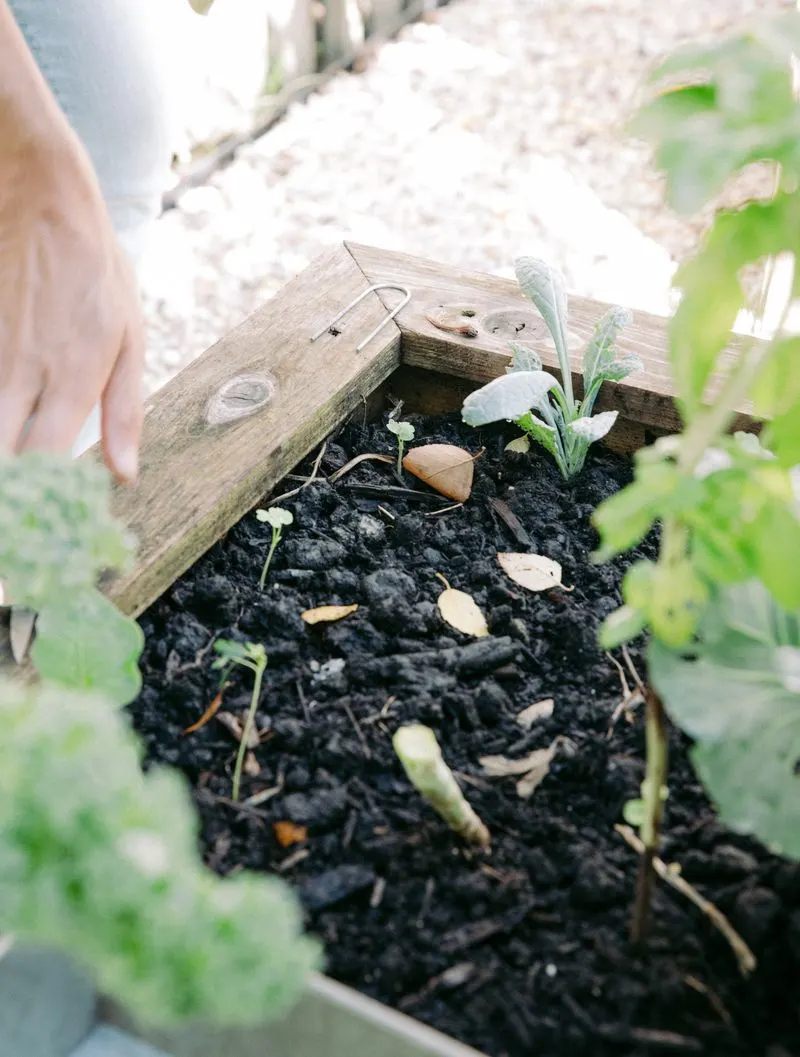
Succession planting ensures a continuous supply of fresh produce throughout the growing season. Stagger planting times for crops like lettuce or radishes, sowing new seeds every few weeks. This approach allows for harvesting in phases, avoiding a glut of produce at once. When one crop finishes, replant the area with a different vegetable suitable for the season, maximizing space and yield. Understanding crop growth cycles and seasonal changes is key for successful succession planting. This strategy not only enhances harvests but also keeps the garden dynamic and productive from spring to fall.
Incorporate Companion Planting

Companion planting leverages plant relationships to enhance growth and deter pests. Certain plants, when grown together, can improve flavor, support growth, or repel harmful insects. For example, planting marigolds near tomatoes can deter nematodes. Herbs like basil and dill can attract beneficial insects such as pollinators. Planning your garden with companion planting in mind encourages biodiversity and resilience. It requires some research to identify beneficial pairings, but the results are a more harmonious and thriving garden. This approach creates a balanced ecosystem, reducing the need for chemical interventions.
Utilize Raised Beds

Raised beds offer numerous advantages for vegetable gardening. They improve drainage and soil quality, while also making gardening accessible by reducing the need to bend. Constructed with untreated wood, stone, or bricks, they can be customized to fit any space. Raised beds warm up faster in spring, extending the growing season. They also minimize soil compaction, leading to healthier root systems. Regularly replenish the soil with compost to maintain fertility. Raised beds are ideal for urban environments or areas with poor soil, turning any space into a productive garden haven.
Choose Disease-Resistant Varieties

Opting for disease-resistant plant varieties can save time and effort in managing potential problems. These varieties are bred to withstand common diseases like blight or mildew, reducing the need for chemical treatments. Research recommended varieties for your region and incorporate them into your garden plan. While disease resistance doesn’t guarantee immunity, it certainly provides an edge. Pairing resistant plants with good cultural practices, such as proper spacing and watering, enhances overall garden health. By choosing wisely, you cultivate a garden that’s more resilient and bountiful, even in challenging conditions.
Encourage Biodiversity
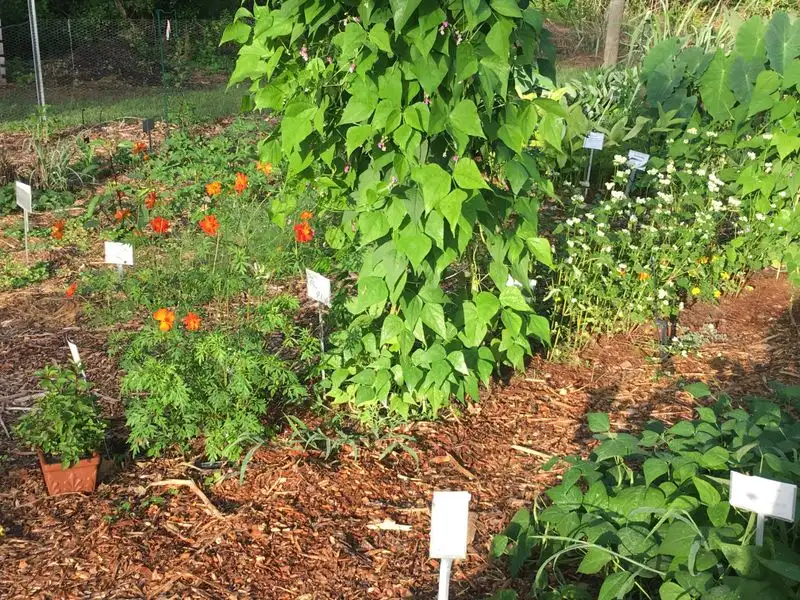
A biodiverse garden supports a healthy ecosystem, benefiting both plants and wildlife. Include a variety of vegetables, herbs, and flowers to attract pollinators like bees and butterflies. These insects play a crucial role in fertilizing plants, boosting productivity. Introducing native plants can attract local wildlife that naturally controls pests. A diverse plant palette also reduces the risk of disease spreading among similar species. Balance is key; too much of one species can create an imbalance. By fostering biodiversity, you create a vibrant, self-sustaining environment that thrives naturally.
Learn from Experience
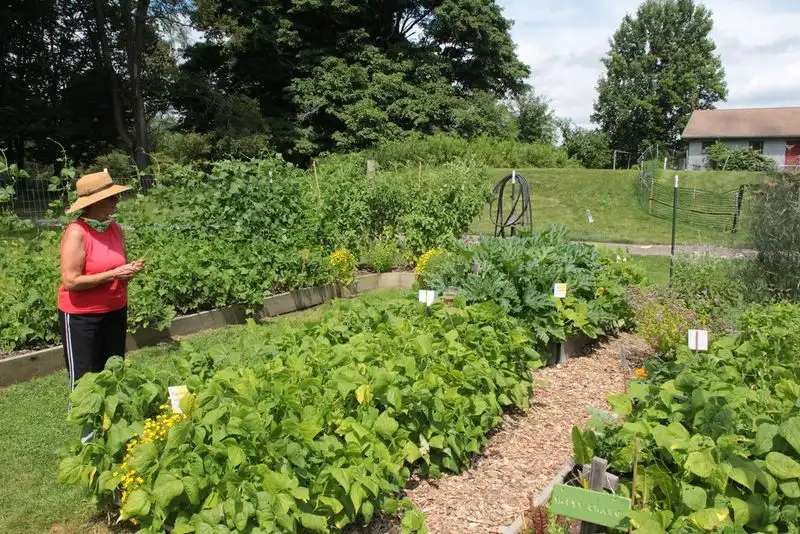
Gardening is a continuous learning journey, with each season presenting new challenges and insights. Reflect on what worked well and areas where improvements are needed. Experiment with new techniques or plant varieties to expand your knowledge. Engage with local gardening communities or online forums to share experiences and gather tips. Celebrate successes, and don’t be discouraged by setbacks—they’re opportunities for growth. Document lessons learned in a journal for future reference. With each year, your skills and confidence will blossom, turning gardening into both a rewarding and educational endeavor.

